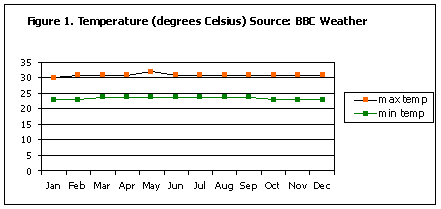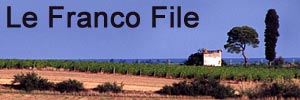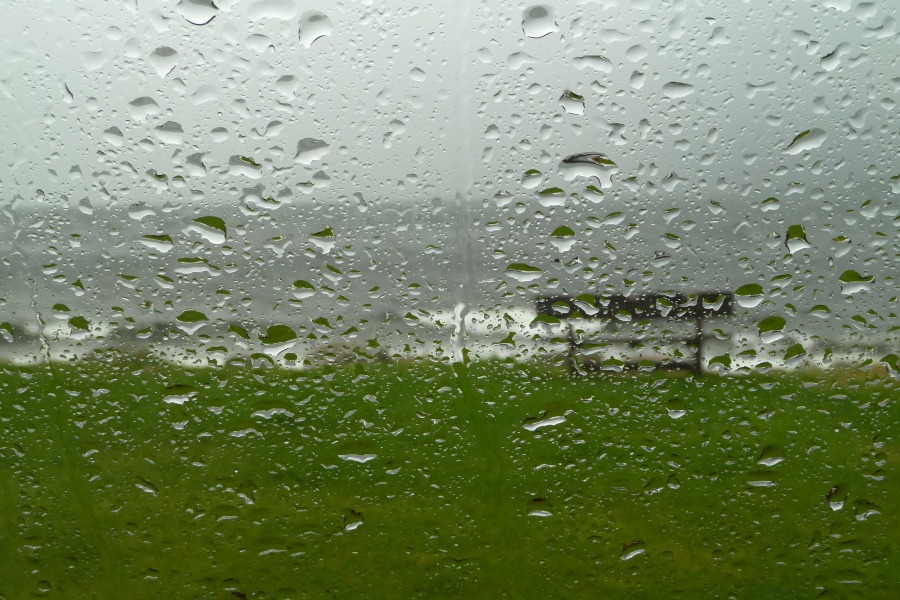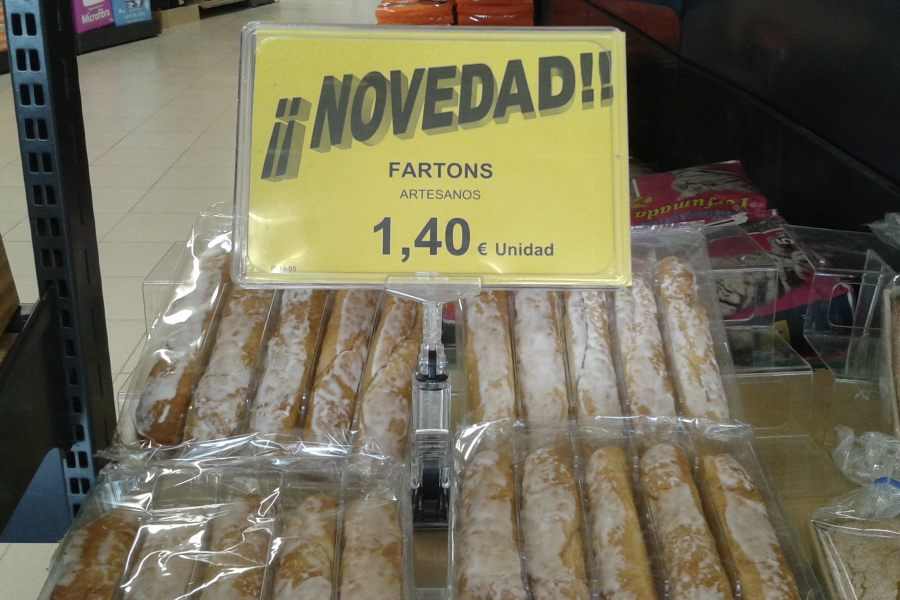Before we made plans to visit Singapore and Cambodia, I established contact with a Singaporean, Anthony, who maintains an excellent photographic blog dedicated to the Dragonflies and Damselflies of Singapore. I wanted to check my suspicion that Singapore, having a climate that rarely drops below about ~23°C/74°F, would have active Odonata populations all year round. As well as confirming my suspicions, Anthony went an extra mile and offered to meet us to show us what he considered to be the best local Odo site.

Once back from our Cambodian long weekend and with a whole week of Singapore stretching out before us, I had contacted Anthony and we’d arranged to meet today at 9:30AM near the Lornie Trail in Singapore’s Central Catchment Nature Reserve.
Now, Singapore has a pretty good taxi service and we found them to be one of the few reasonably priced items in Singapore. There is a very clever automated taxi booking service. For a S$3 bonus, from a landline you call a number, the system knows your address from the phone number used and, usually “within 5-7 minutes”, a taxi arrives at your door. That’s the theory and we’d already tried it successfully a couple of times. I’m always a little wary of the phrase often uttered by locals, “just jump in a cab/taxi”, and this morning maintained my scepticism. Two attempts to book a taxi failed with a message along the lines of, “your request cannot be satisfied at this time”. Rush hour is one of the things that foil any attempts to “just hop in a taxi” and the other is rain – try getting a cab in San Francisco when it’s raining and you’ll see what I mean. With time now getting tight, our genial host, David, very kindly rescued us by braving the rush hour traffic and driving us to our appointed meeting spot.
Shortly after we arrived, displaying a good deal of faith in a couple of strangers from the other side of the planet actually turning up, so did Anthony. He led us down a rough track and we passed one end of the MacRitchie Reservoir, eventually arriving at a footpath running beside the golf course of the Singapore Island Country Club. [Sounds very expensive … and probably is.] At our previous locations, we’d been seeing what were turning out to be “the usual suspects”. Here we were treated to a new set of unfamiliar names including:
 Lestes praemorsus (Crenulated Spreadwing)
Lestes praemorsus (Crenulated Spreadwing)
- Diplacodes nebulosa (Black-tipped Percher)
- Ryothemis triangularis (Sapphire Flutterer)
- Indothemis limbata (Restless Demon)
 We clicked away with gay abandon, hardly knowing where to look next. The Sapphire Flutterer (above) is one of my personal favourites and the last, the Restless Demon (left), listed in Singapore’s red book as critically endangered, was a particularly lucky find, particularly at rest, even though the pose wasn’t the greatest.
We clicked away with gay abandon, hardly knowing where to look next. The Sapphire Flutterer (above) is one of my personal favourites and the last, the Restless Demon (left), listed in Singapore’s red book as critically endangered, was a particularly lucky find, particularly at rest, even though the pose wasn’t the greatest.
 Already chuffed to bits, Anthony then offered to take us along a forest track, the Sime Track. Singapore has a collection of forest species of Odo, a class of critter I think is unheard of in European climes – our forests are probably too cool for self-respecting insects. We negotiated our way past a couple of golf buggies that seemed to be attempting to go off piste or into the reservoir, I couldn’t decide which, and soon made it to a shady board walk. Along here we found a whole new cast of characters:
Already chuffed to bits, Anthony then offered to take us along a forest track, the Sime Track. Singapore has a collection of forest species of Odo, a class of critter I think is unheard of in European climes – our forests are probably too cool for self-respecting insects. We negotiated our way past a couple of golf buggies that seemed to be attempting to go off piste or into the reservoir, I couldn’t decide which, and soon made it to a shady board walk. Along here we found a whole new cast of characters:
 Orchithemis pulcherrima (Variable Sentinel)
Orchithemis pulcherrima (Variable Sentinel)
- Podolestes orientalis (Blue-spotted Flatwing)
- Vestalis amethystina (Common Flashwing)
- Nesoxenia lineata (Striped Grenadier)
- Tyriobapta torrida (Treehugger)
 With uncharacteristic foresight, I had both packed and mounted my flashgun, otherwise life would have become decidedly frustrating, given the lack of light under the tree canopy. Anthony told us that the Common Flashwing (above) really needed flash to show off it’s wings to good effect. The curiously named last of those, the Treehugger (left), “does exactly what it says on the can”, clinging low down to various bits of tree.
With uncharacteristic foresight, I had both packed and mounted my flashgun, otherwise life would have become decidedly frustrating, given the lack of light under the tree canopy. Anthony told us that the Common Flashwing (above) really needed flash to show off it’s wings to good effect. The curiously named last of those, the Treehugger (left), “does exactly what it says on the can”, clinging low down to various bits of tree.
We’d burned up the morning adding to our collection and Anthony had to leave. Rather than back-tracking, we opted to continue our way around the trail loop and make our return via a different route. There was another dragonfly that we knew to be around somewhere ahead of us but we were hot, steamy and tired, and couldn’t face searching, potentially in the wrong place. We eventually arrived at a Ranger Station where we could refill our water bottles.
Somewhat refreshed, Francine decided it was a good time for a snack and went to take a cereal bar out of her backpack. From out of nowhere, she was instantly descended upon by a troop of monkeys. As well as researching the Odos, before leaving for Singapore I’d read National Parks advice on how to react when confronted by monkeys. It read:
do not look them in the eye, do not bare your teeth, walk 1.5 metres away, do not use flash photography
Eye-contact and bared teeth are seen by monkeys as threatening or challenging behaviour – fair enough. The walking 1.5 metres away sounds reasonable but just seemed to make the monkeys follow the food source. Cameras now packed away after a hard morning’s work, photography of any description, flash or otherwise, was not a danger. The monkeys were sizeable beasts, the males being similar in size to a medium-large dog and with teeth to match. Food unopened and replaced, carefully staring at the ground without so much as a grimace, we eventually left them behind.
A few kilometres later as we approached the road and civilization once again, I spotted taxis frequently driving by. We arrived at the road and I waved at one taxi showing a green light; it continued on its way. I waved at another with a green light which also studiously ignored me and continued on its way. Walking in what we thought was the direction we wanted to go, this pattern was repeated at least twice more. What does one have to do here to flag down a taxi? The aforementioned clever automated taxi booking system does have an even cleverer smart phone mobile app which, I presume, knows your location from the built-in GPS devices but I didn’t fancy using that from a UK mobile number – not that I had it installed, of course.
Eventually we wandered as far as a shopping mall which appeared to have a pull in area and signalling system for taxis. Two folks were before us and, with some relief, we joined the queue. After a minute or two a taxi pulled in and picked up those in front of us. I pressed a green button which I assumed was to signal that someone was waiting for taxi. Shortly a taxi drove in and dropped someone off. After they’d paid the driver I approached and told him where we wanted to go. He pulled a face and considered this for a while before, grudgingly it felt, agreeing to take us. He was a laconic fellow but we got back home with a little relief.
Just hop in a taxi!
Left to my own devices, without Anthony’s guidance, I’d most likely have stuck to the boardwalk of Lornie Trail and missed most of these exciting new species. We owe Anthony a very big vote of thanks. It’s great that the Internet can bring together people with shared interests from half way around the world.
Technorati Tags:
travel,
Singapore,
nature,
wildlife,
dsragonflies,
damselflies,
odonata,
photography,
monkeys,
taxis,
Sime Track













































Recent Comments